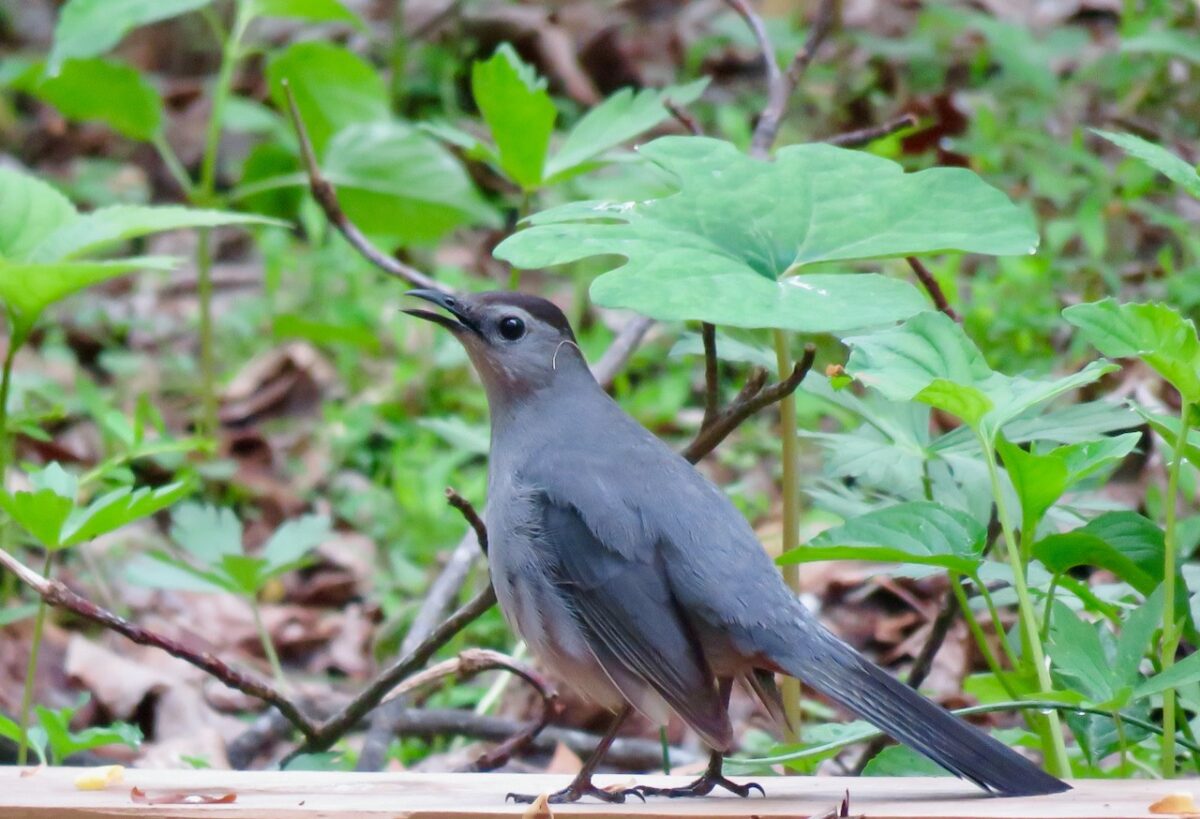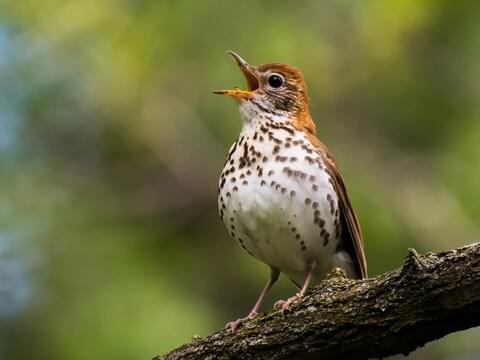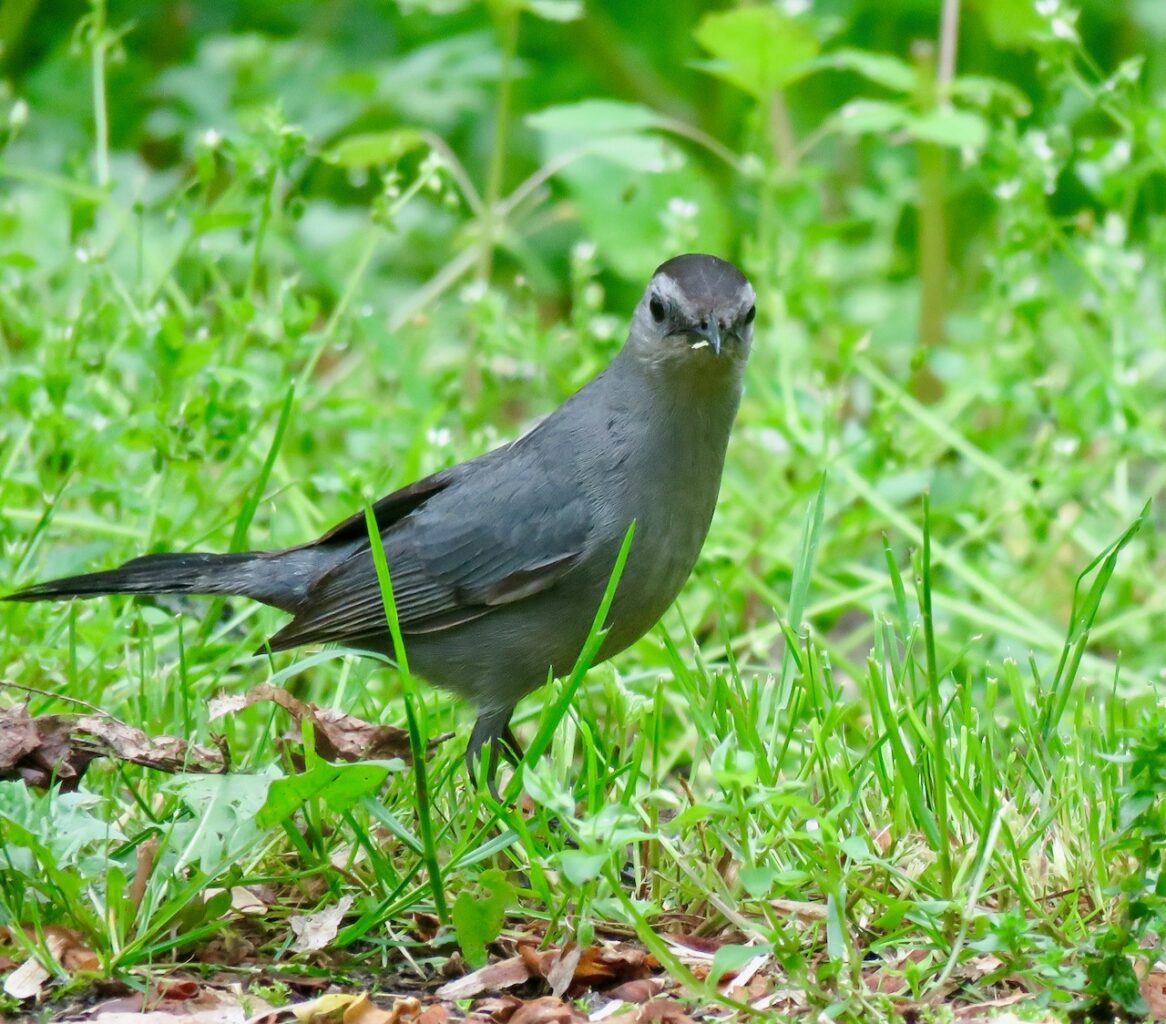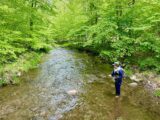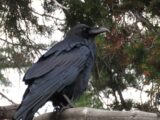Secret Vistas –
By Glynn Wilson –
Sometimes, when sitting outside in the Appalachian Mountains in the shade thinking about what to write about on Sundays, I wonder how to go about writing splendid, pretty sentences. Perhaps the key is writing about pretty things, not bad news. I don’t know.
I’ve even Googled it, and there are hucksters making money trying to teach people how to write by talking about such things on the web.
Working primarily as a news writer, however, I don’t often worry about such things. When you are cranking out information to inform readers, there’s not much time to worry about style. Not after you’ve been doing it for 40 years, anyway.
When I tried to teach students how to write news stories at various universities for a decade, I used the same conventions passed on to me by other professors and books.
The inverted pyramid style; answering the who, what, when, where, why and how, etc.
It’s not always pretty. But it gets the job done.
But when I take the time to pursue a more leisurely approach, like on Sundays when I try most weeks to write an essay or column, I want to be a little more particular and precise.
Of course I took the time to study E.B. White back in my undergraduate days at Alabama, when Bear Bryant was still alive, dominating the country on the football field. But so many years later, I don’t recall much of his advice, except to be succinct and not to use big words.
As I was looking around online this morning, I found a quote from an interview he did before he died in 1985.
“The approach to style is by way of plainness, simplicity, orderliness, sincerity,” he said. “Writing is, for most, laborious and slow.”
This was way back in the 20th century, however, when the pace of life was much slower than it seems today, when writers used pens and paper and maybe a typewriter.
It’s been a long time since writing was slow for me. I’m first generation computer trained, and now the first generation to publish on the web.
Of course I don’t occupy my time making up fictional stories. The facts that come to light on a story determine what you write about. Some stories just seem to almost write themselves — once you have the facts and your brain and fingers are trained in how to cover news.
The rest of the quote is: “The mind travels faster than the pen; consequently, writing becomes a question of learning to make occasional wing shots, bringing down the bird of thought as it flashes by.”
That’s an interesting analogy I can relate too — although writers don’t use pens much anymore — and not just because I’ve been thinking a lot about birds of late. When you think of something good it’s important to write it down as soon as possible before you forget.
But it’s true that the spring bird migration season is here where I’ve landed for the summer, in the Catoctin Mountains, and this enchanted-looking forest is filled with bird song.
Now identifying what you are hearing is as easy as opening the Cornell Bird ID guide on your iPhone, opening the fairly new Merlin app, and pushing the button to make a short recording of the birds chirping away in the trees. Searching high and low with binoculars or a long camera lens is no longer required.
At this time in mid-May, in this location, in addition to the usual suspects like American robins, Northern cardinals, blue jays and red-bellied woodpeckers, one of the most common songs you hear is the loud, flute-clear ee-oh-lay song of the wood thrush [Hylocichla mustelina].
If you sit quietly and pay attention, this beautiful song rings through the deciduous forests of the eastern United States in the spring and summer. The wood thrush is a consummate songster and it can sing “internal duets†with itself. In the final trilling phrase of its three-part song, it sings pairs of notes simultaneously, one in each branch of its y-shaped syrinx, or voicebox. The two parts harmonize with each other to produce a haunting, ventriloquial sound, according to scientists at Cornell.
In many songbird species, males square off by “song matching” — answering a neighbor’s song with the same song, perhaps seeing which male can perform it best. Wood thrush males are different. They almost always answer a rival’s song with a different one.
This reclusive bird’s cinnamon brown upperparts are good camouflage as it scrabbles for leaf-litter invertebrates deep in the forest, though it pops upright frequently to peer about, revealing a boldly spotted white breast. Though still numerous, according to Cornell, its rapidly declining numbers may be due in part to cowbird nest parasitism at the edges of fragmenting habitat and to acid rain’s depletion of its invertebrate prey.
Getting a good picture of one is not so easy, however, but I’ll keep trying. I should have tried harder last year when I witnessed two wood thrushes track a timber rattler through a campground nearby.
Getting pictures here has proved easier when it comes to the gray catbirds [Dumetella carolinensis], however, since they seem to be complaining about all the time.
Gray catbirds are relatives of mockingbirds and thrashers, and they share that group’s vocal abilities, copying the sounds of other species and stringing them together to make their own song.
The male gray catbird uses his loud song to proclaim his territory. He uses a softer version of the song when near the nest or when a bird intrudes on his territory. The female may sing the quiet song back to the male.
The gray catbird belongs to the genus Dumetella, which means “small thicket.†And that’s exactly where you should go look for this little skulker.
According to the sound ID app, these woods are also now filled with American redstarts, red-eyed vireos, ovenbirds and I even caught a recording of a scarlet tanager on Friday. Never saw it. Did not get a picture. But I recorded the sound.
The Cornell site also has sound recordings. I haven’t figured out yet how to share the .wav files on my phone in the app on Facebook.
But perhaps you are more interested in the abortion protests down on the National Mall in D.C. anyway. Sorry. Sometimes I have to take a break from such things, and I recommend that you do too.
I’ve got some pictures to share soon of some hiking trails I’ve only begun to explore.
See you down the road, or out on the trail, dear friends, fans and followers. Perhaps you found a pretty sentence in here somewhere worth sharing with your friends.
___
If you support truth in reporting with no paywall, and fearless writing with no popup ads or sponsored content, consider making a contribution today with GoFundMe or Patreon or PayPal.


